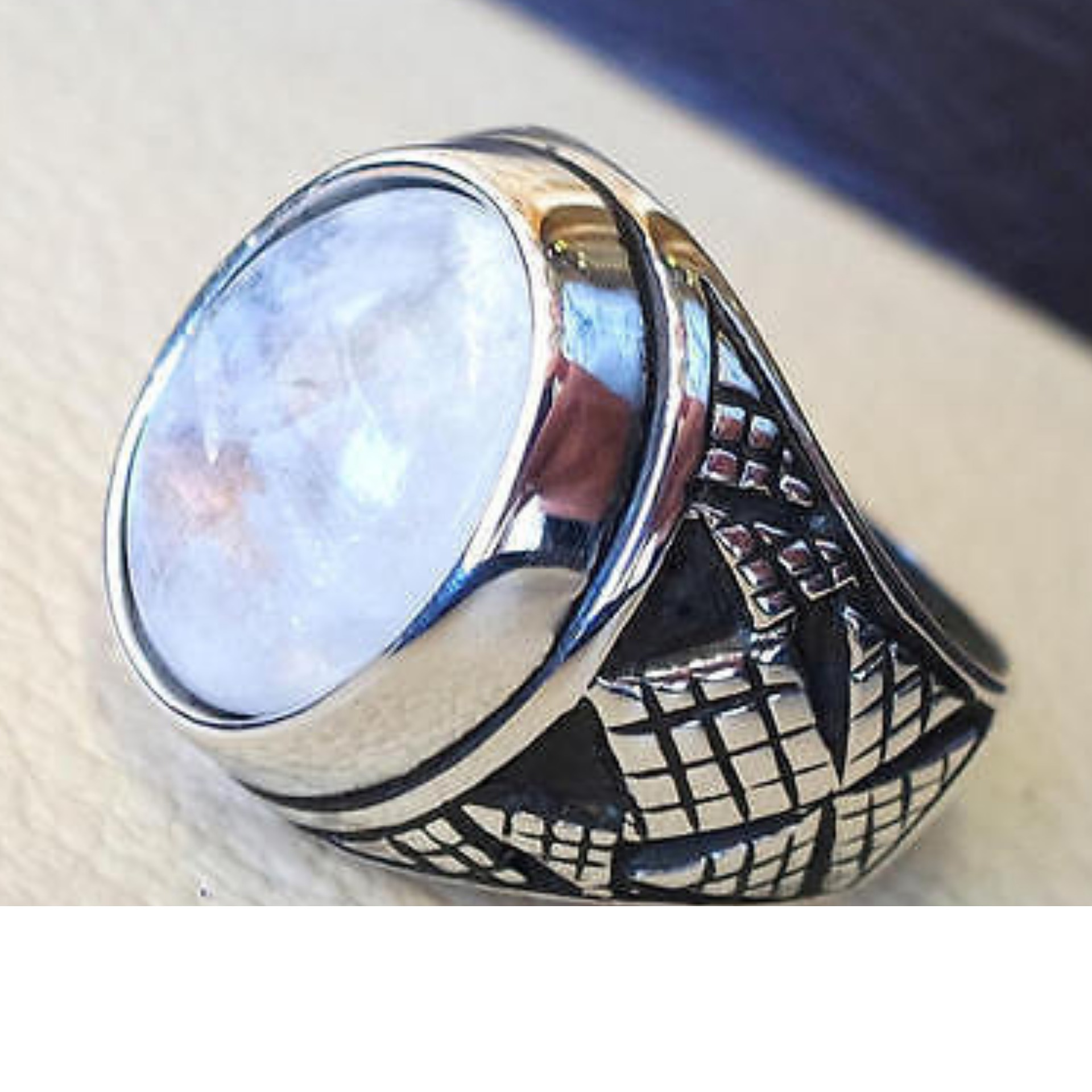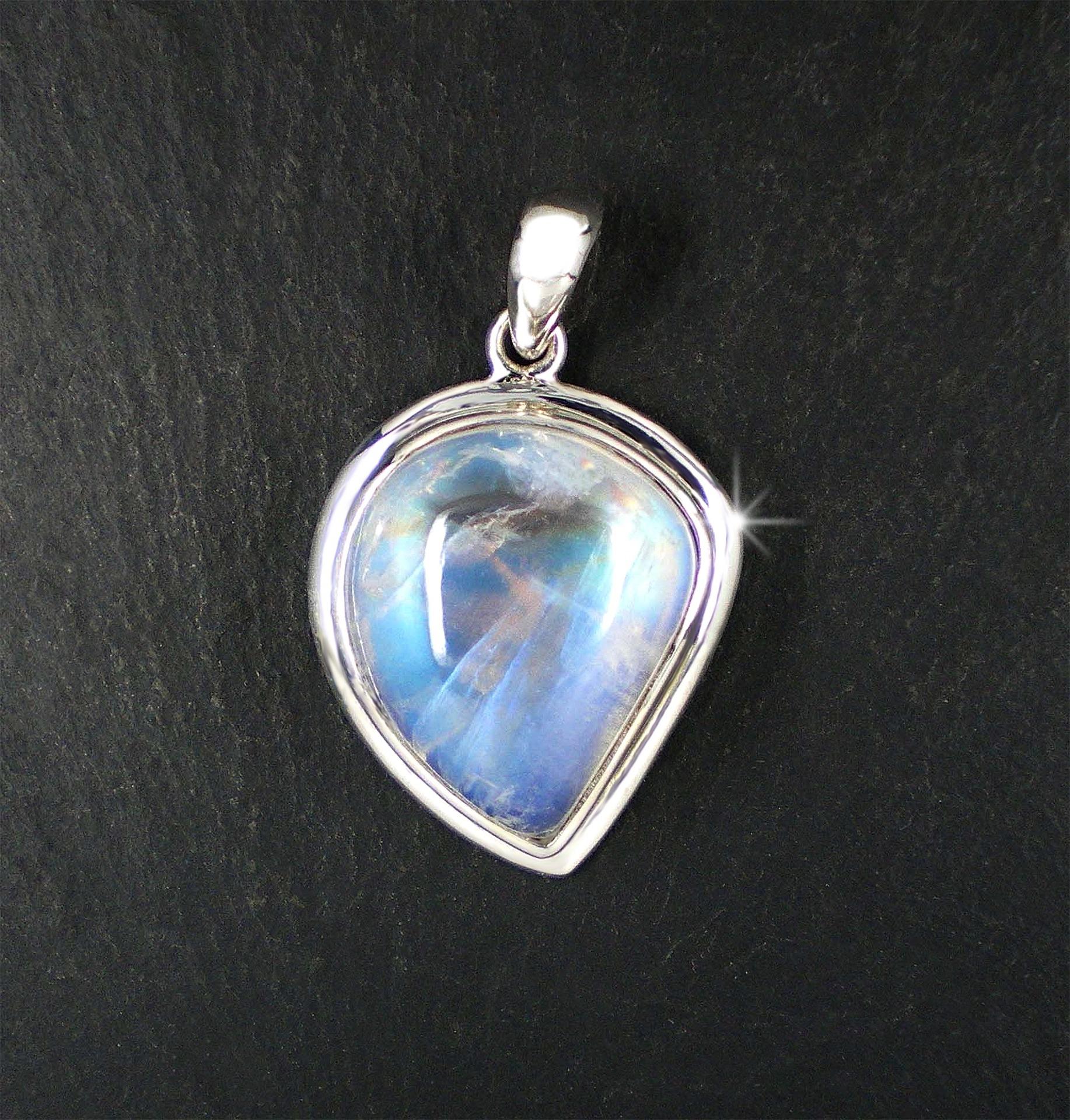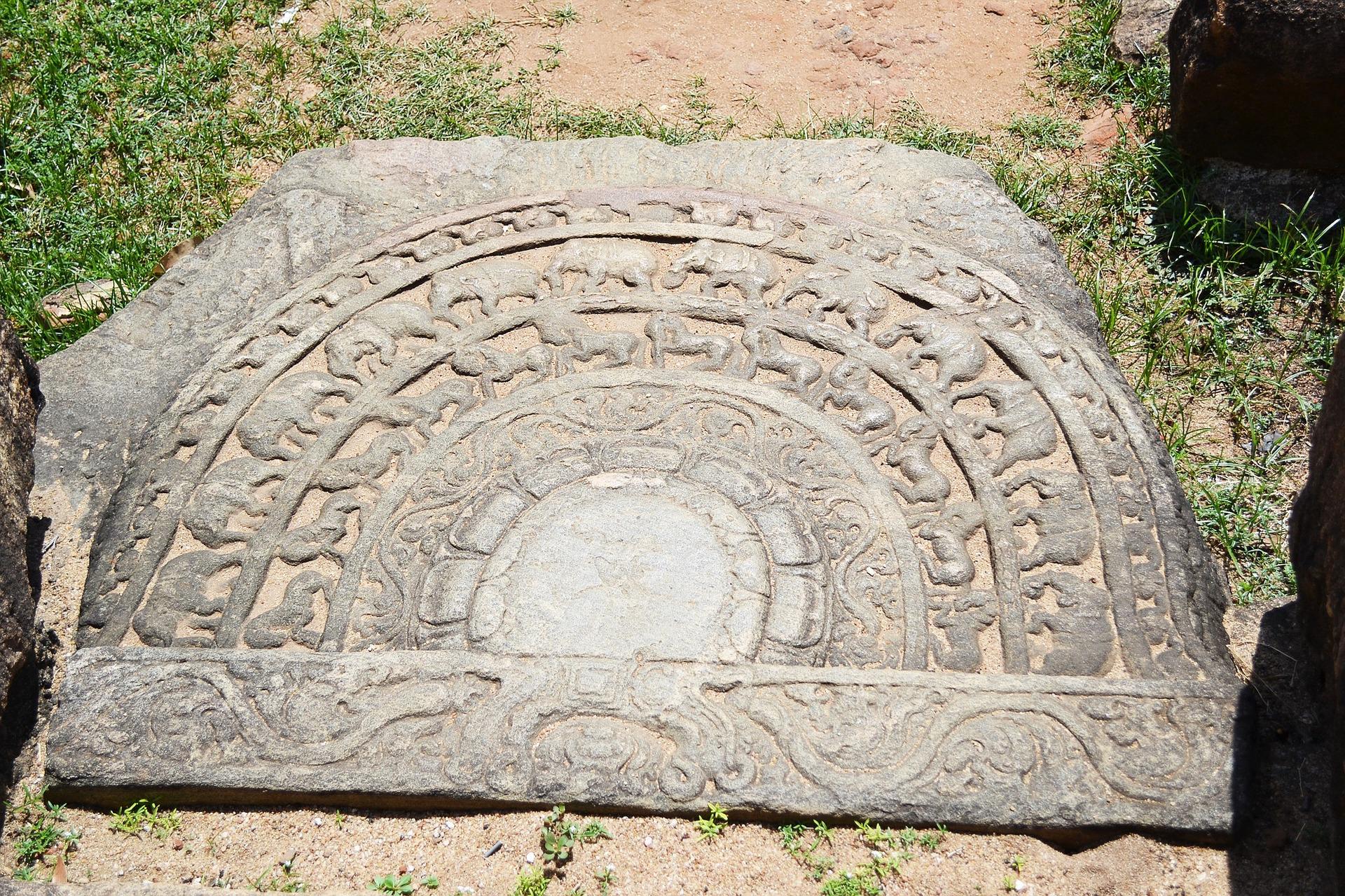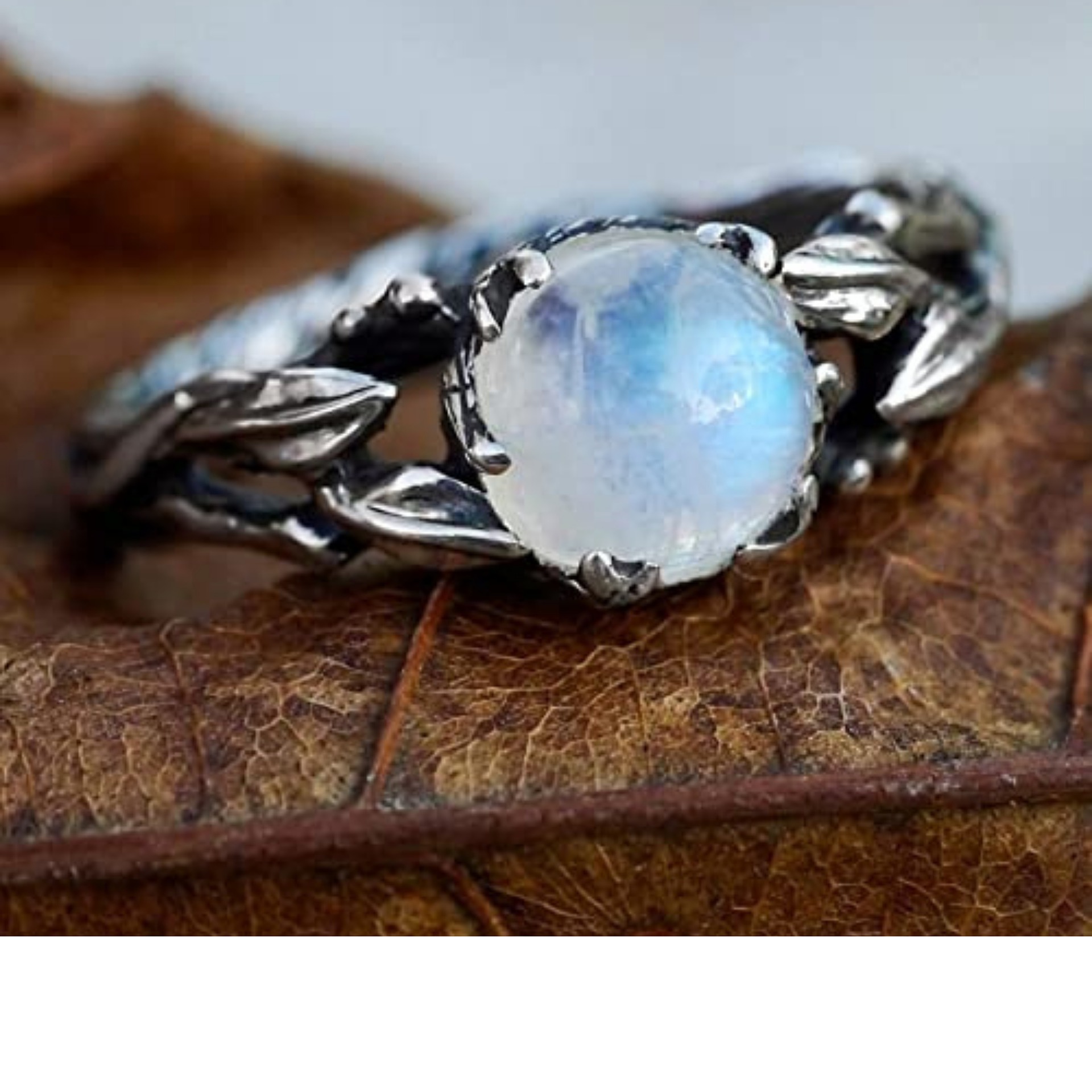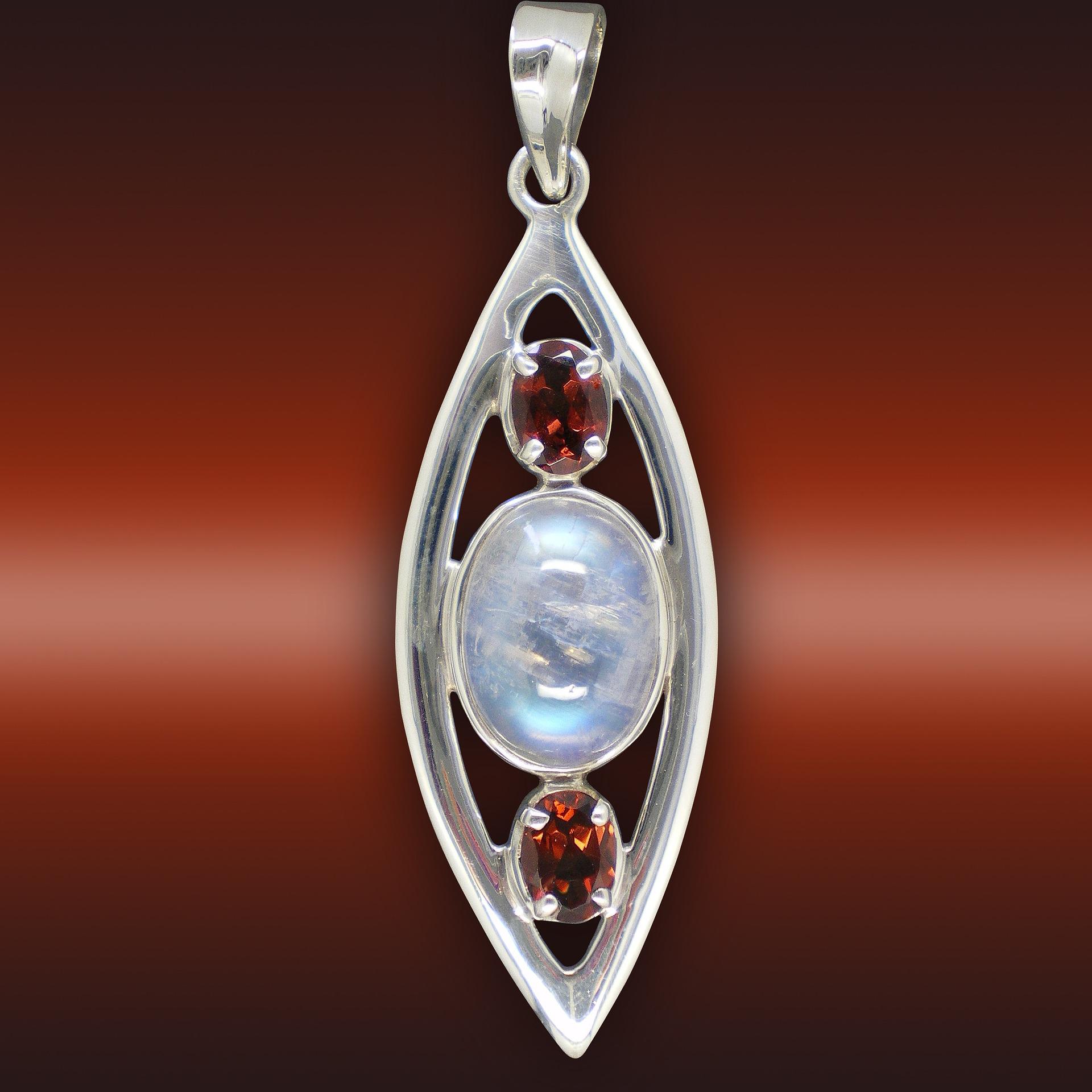Unlocking the Mysteries: Discover the Wondrous Uses of Moonstone
The moonstone, known for its enchanting glow and ethereal beauty, has been a source of fascination and intrigue for centuries. Revered by many cultures, this mesmerizing gemstone has long been associated with mystery, magic, and profound spiritual properties. In this article, we will explore the various uses and meanings of moonstone, delving into its history, folklore, and the mystical benefits it offers.
Historical Significance and Cultural Folklore
Moonstone has a rich history spanning thousands of years, with ancient civilizations attributing tremendous value to this gemstone. It holds significant cultural importance in various cultures such as those in India, Greece, and Rome.
In ancient India, moonstone was considered sacred and believed to bring good fortune. It was often set in jewelry, worn by royals and spiritual leaders, and displayed during religious ceremonies. The stone was regarded as a symbol of fertility, depicted on statues and art representing deities associated with creation and abundance.
In ancient Greece and Rome, moonstone was associated with lunar deities, believed to capture the ethereal power of the moon. It was often associated with the goddesses Artemis, Selene, and Diana, who symbolized femininity, intuition, and protection.
Healing and Spiritual Properties
Moonstone is renowned for its metaphysical properties and its ability to enhance intuition and spiritual insight. It is often referred to as the stone of new beginnings, providing a soothing and calming energy that helps alleviate emotional stress.
Many practitioners of alternative healing believe that moonstone has various therapeutic benefits. It is believed to regulate hormone cycles and boost fertility, making it a popular stone for women trying to conceive or going through hormonal changes. Additionally, moonstone is thought to alleviate menstrual and digestive discomfort.
Moreover, moonstone is considered a stone of protection, believed to ward off negative energy and enhance psychic abilities. It is often used by those who practice divination or meditation to strengthen their connection to higher realms and increase their spiritual awareness.
Uses in Jewelry and Fashion
Due to its captivating beauty and spiritual significance, moonstone is frequently used in jewelry and fashion accessories. Its mesmerizing shimmer, known as adularescence, adds a touch of mystique and elegance to any piece.
Moonstone is often seen in various forms of jewelry, including earrings, necklaces, bracelets, and rings. It is favored by both artisans creating unique handmade pieces and renowned jewelry designers alike. Many individuals choose moonstone jewelry not only for its beauty but also for the positive energy and spiritual benefits it is believed to provide.
In the realm of fashion, moonstone is often incorporated into clothing and accessories. Its subtle glow and iridescence make it a popular accent in ethereal and bohemian-inspired styles. Moonstone embellishments can be found on garments such as blouses, dresses, scarves, and even shoes.
Using Moonstone in Everyday Life
There are numerous ways to incorporate moonstone into your daily routine to harness its energy and enjoy its benefits. Some suggestions include:
- Wearing moonstone jewelry throughout the day
- Placing moonstone crystals or tumbled stones in your home or workspace
- Using moonstone during meditation or yoga sessions
- Sleeping with a moonstone under your pillow to enhance dreams and intuition
- Carrying a moonstone in your pocket or purse for protection and emotional balance
By utilizing moonstone in these ways, you can invite its magical energy into your life and experience its potential positive effects.
The Healing Powers of Moonstone
Moonstone is not only a beautiful gemstone, but it is also believed to possess incredible healing powers. In alternative medicine, moonstone is often used to balance hormone levels, especially in women. It is said to help ease menstrual discomfort and regulate irregular menstrual cycles. Moonstone is also believed to aid in fertility, making it an ideal crystal for those trying to conceive. Additionally, it is thought to alleviate symptoms of menopause, such as hot flashes and mood swings.
Emotional and Spiritual Benefits
Moonstone is highly regarded for its ability to soothe emotions and promote emotional healing. It is often called the “stone of new beginnings” because it is believed to bring about positive change and enhance intuition. Many people use moonstone during meditation to enhance insight and connect with their inner selves. Its calming energy is said to promote emotional balance and strengthen empathy, helping individuals understand and communicate their feelings more effectively. Moonstone is also thought to protect against negative energies, providing a shield of spiritual protection.
Enhancing Creativity and Inspiration
Moonstone is known for its connection to the divine feminine energy, which is associated with creativity and intuition. This gemstone is believed to stimulate the imagination and inspire artistic expression, making it a favorite among artists, writers, and musicians. Moonstone is thought to open up the mind to new ideas and possibilities, allowing individuals to explore their creative potential to the fullest. Many artists keep moonstone close during the creative process, using its energy to unlock their muse and overcome creative blocks.
Unveiling the mysteries of the Night
Moonstone gets its name from its shimmering resemblance to the moon’s ethereal glow. This celestial gem has captivated humans for centuries as it reflects the ever-changing essence of the moon. Moonstone is often associated with the element of water, connecting it to the ebb and flow of emotions and spiritual energy. It is believed to align with the cycles of nature, bringing harmony and balance into one’s life. Moonstone’s mysterious allure has made it a popular choice for jewelry, especially during lunar celebrations and rituals dedicated to lunar deities.
Affirmation and Guidance from the Moonstone
Moonstone is not only visually enchanting but also carries a profound spiritual message. Many people use moonstone as a tool for affirmations and manifestation. By holding moonstone, individuals can set their intentions and visualize their desires while connecting with the gemstone’s energy. Moonstone is also believed to enhance psychic abilities and strengthen the connection to the spiritual realm. Some people even use moonstone in divination practices, seeking guidance and clarity through its mystical vibrations.
Conclusion
As we unveiled the mysteries of moonstone, it became evident that this gemstone holds far more than just its beauty. From its healing properties, emotional and spiritual benefits, to its ability to enhance creativity and intuition, moonstone offers a plethora of wonders to those who seek its enlightening energy. Whether you are drawn to its healing and balancing effects or simply captivated by its celestial glow, moonstone continues to fascinate and inspire countless individuals around the world. So, venture into the realm of moonstone and unlock the wondrous uses this gem holds in store for you.
The Healing Properties of Moonstone
Moonstone is renowned for its powerful healing properties. It is believed to have a calming effect on the mind and emotions, making it an excellent stone for those who struggle with anxiety or stress. The soft, soothing energy of moonstone promotes emotional balance and harmony, helping individuals to feel more centered and at peace. In addition, it is often used in meditation practices for its ability to enhance intuition and psychic abilities. Moonstone can also be beneficial for those experiencing hormonal imbalances or menstrual issues, as it is said to regulate the menstrual cycle and relieve symptoms such as cramps and mood swings.
The Relationship Between Moonstone and Femininity
Moonstone has a deep connection to femininity and is often associated with goddess energy. It is said to open and align the energy of the chakras, particularly the sacral and crown chakras, which are closely related to creativity and spirituality. As a result, moonstone is often used by women seeking to enhance their intuition, creativity, and self-expression. In addition, moonstone is believed to support the reproductive system and fertility, making it a popular gemstone for those trying to conceive or during pregnancy. Its gentle energy promotes a sense of nurturing and compassion, qualities often associated with the feminine archetype.
The Use of Moonstone in Jewelry
Moonstone’s mystical beauty and versatile appearance make it a favored choice in jewelry design. The gemstone’s opalescent shimmer and ethereal glow make it a captivating addition to any piece. Moonstone is commonly featured in rings, necklaces, bracelets, and earrings, often combined with other precious metals and gemstones to create unique and stunning designs. Its neutral, iridescent color makes it a versatile gemstone that can be paired with various outfits and styles, adding a touch of elegance and enchantment to any ensemble. Whether it’s a delicate moonstone pendant or a statement moonstone ring, the gemstone’s allure is undeniable.
The Spiritual Significance of Moonstone in Different Cultures
Throughout history, moonstone has held significant spiritual meaning in various cultures around the world. In ancient Rome, it was believed to embody the moonlight and be a gift from the moon goddess herself. In Hindu mythology, moonstone is associated with the divine feminine energy of the moon and is highly revered as a sacred stone. It is even considered a symbol of love and is often given as a wedding gift in India. In other cultures, such as those in the Middle East and North Africa, moonstone was believed to bring good fortune and protection from negative energies. The universality of the gemstone’s spiritual significance speaks to its timeless and mystical nature.
Conclusion
Moonstone is truly a wondrous gemstone, captivating both the eyes and the spirit. With its mesmerizing colors and enchanting glow, it has been treasured throughout history for its unique properties and symbolism. Today, moonstone continues to be a beloved gemstone cherished for its healing and intuitive qualities. Whether you are drawn to its calming energy, its association with femininity, its beauty in jewelry design, or its spiritual significance, moonstone offers a wealth of wonders waiting to be explored. Unlock the mysteries of moonstone and discover the transformative power it holds within.
